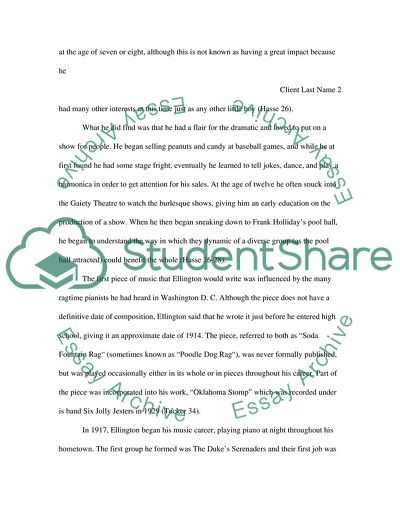Cite this document
(American Musician: Duke Ellington Coursework Example | Topics and Well Written Essays - 1500 words, n.d.)
American Musician: Duke Ellington Coursework Example | Topics and Well Written Essays - 1500 words. https://studentshare.org/music/1725017-duke-ellington
American Musician: Duke Ellington Coursework Example | Topics and Well Written Essays - 1500 words. https://studentshare.org/music/1725017-duke-ellington
(American Musician: Duke Ellington Coursework Example | Topics and Well Written Essays - 1500 Words)
American Musician: Duke Ellington Coursework Example | Topics and Well Written Essays - 1500 Words. https://studentshare.org/music/1725017-duke-ellington.
American Musician: Duke Ellington Coursework Example | Topics and Well Written Essays - 1500 Words. https://studentshare.org/music/1725017-duke-ellington.
“American Musician: Duke Ellington Coursework Example | Topics and Well Written Essays - 1500 Words”. https://studentshare.org/music/1725017-duke-ellington.


